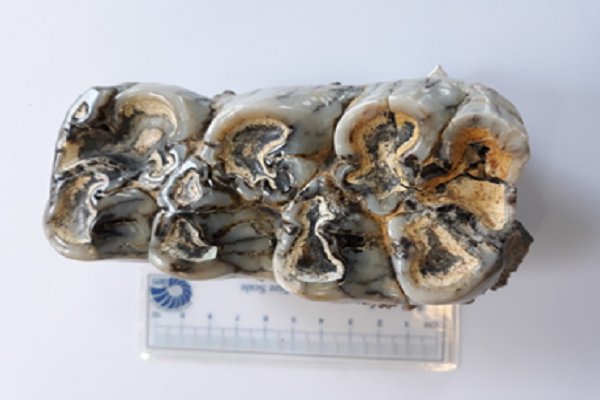Regarding the significant importance of these fossils, further searches in the region are being conducted, Tahereh Eftekhari said, IRNA reported on Tuesday.
Studying these fossils opens a new season for introducing vertebrate fossils, especially that of elephants in Iran, she highlighted.
She went on to say that since similar fossils have been discovered in the neighboring Azerbaijan country, one of research priorities is to study the migration procedure and habitat of these species.
Iran’s Department of Environment is determined to carry out joint researches in this field with Azerbaijan so as to locate the habitats of these giant species in Iran, she stressed.
These fossils belong to two different genders of woolless mammoths which have at least 2 million years of age, said Zahra Orak, the head of paleontology group at Natural History and Genetic Resources Bureau.
One of the fossils demonstrates the teeth and the lower jaw, and the other one relates to ivory and upper jaw of this group of mammals, she added.
According to the size of teeth, it is speculated that elephants had been mature, she said, adding that one of them resembles the teeth of Indian elephants.
Elephants living in India may have inhibited in Iran some 2 million years ago, she guessed.
The fossils are unique and intact and no such Quaternary fossils have been previously discovered in Iran, Orak noted.
MAH/IRN82940636

























Your Comment